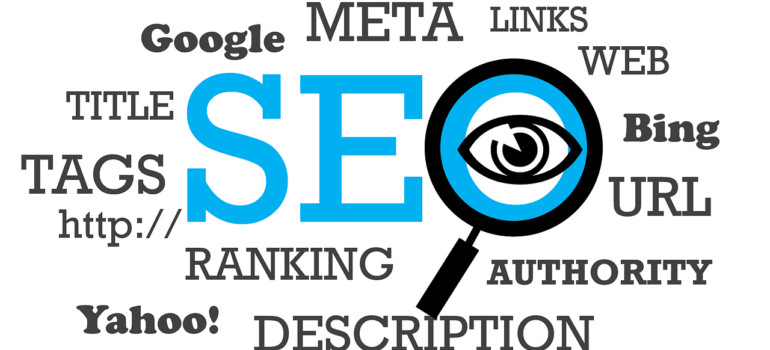Your SEO will significantly depend on your anchor text optimization. This is a task that requires dedication, thorough research, and a lot of thought. Movers Development experts believe that slapping a link on just any set of words is not going to cut it. In fact, it might end up hurting you. However, once you have mastered the link between the two, you will be able to elevate your rankings like never before.

What is an anchor text?
So let us start at the very beginning—an anchor text is text in an article that is visibly clickable, contains a hyperlink, and will take you to a different page from the one you are currently on. It will typically be a different color from the rest of the text and may or may not be underlined. Anchors will typically link to other content on the same website (internal) or related content on a different website (external).
Why is anchor text optimization important?
If you are a Word Press user, you will have no difficulty getting the anchor text on your website. The process is straightforward and user-friendly. However, the next step is optimization, and here is why it is essential. Anchor text allows Google to analyze your website and determine whether the anchors match what your webpage is about.
For instance, if you use the anchor digital marketing for movers often enough, Google will eventually conclude that your website is about digital marketing for movers. Anchor text optimization will also help rank your webpage and improve user experience by encouraging users to visit more content on your website.
Remember: You do not want to take the optimization too far, as there is something called the Penguin penalty. Google’s Penguin penalizes you if your links are low quality but, more importantly, if you over-optimize anchor text. This is definitely something to avoid, as it will affect your traffic significantly and will also affect your revenue.
Internal and external anchors—how do they help anchor text optimization?
Internal anchor text will improve your SEO on the whole and help the Google analysis, thanks to the discovery of other content. This will bring an increase in views and expand your keyword rankings for a specific web page.
On the other hand, the external anchor text will improve the authority of your website and also share sources with users on the subject matter at hand.

Best ways to optimize your anchor text
There is no magic trick that will propel you to the top with the SEO for your business. Whether you need:
- SEO for movers
- architects
- the fashion industry
- food truck website
The rules of SEO remain the same—unclear and forever changing. However, there are certain things you should absolutely avoid and some that have proven overall good practices.
1. Track and test your anchors
Digital marketers or SEO consultants typically do this task. Nevertheless, you can also do it on your own by using one of many online tools. The tools will help you categorize and track your anchor texts. It is time-consuming, but it absolutely pays off.
2. Pick appropriate anchors for your website
Rule number one with anchors is to mix it up. Use a variety but ensure that you are staying on topic. Do not use misleading anchor text or completely random variations. Ensure that the content behind the anchor matches what you are relaying in the anchor. For example, suppose your anchor is different ways to advertise a business. In that case, you do not want it to link to something like “how to start a small business” or, even worse, an advertisement for something unrelated.
3. Use anchor variations
Avoid always using the same exact anchor for a link. Use variations that contain keywords and try to incorporate that throughout your website. If you always use an exact match, Google will flag it as spam.
A great way to introduce variety is to use synonyms. So, if you are mentioning moving, use relocating and transferring as well. You can also use variations in terms of singular and plural nouns.
Pro tip: When in doubt, check out what the competition is doing. It will give you ideas on what to do and practices to avoid.
4. Optimize alt-text

Images are an excellent opportunity for anchor text optimization. Use alt-text to insert your anchors, as Google Images are an extremely powerful tool for your optimization.
5. Optimize your SEO title tag
Using the title tag as an anchor is an excellent tool for anchor text optimization. Proper optimization means your SEO title tag will be full of keywords. As a common anchor, the keywords will get a lot of traffic.
6. Do not overuse the same anchor
This takes us back to tracking anchors. It is vital as Google likes links to be natural. If the links use the same anchors but are attached to different domains, it may very well draw suspicion. This, in turn, will lead you to be penalized, and you want to do everything in your power to avoid that.
7. Use long phrases
You always want to avoid linking to one word, but you also do not want to go overboard. A good practice would be to mix things up every once in a while and use a longer phrase as your anchor text. Think of it as a description of what’s behind the anchor. A long phrase gives Google more context about the page. This, in turn, impacts rankings.
To sum up
The SEO game is not for the faint-hearted. It takes a ton of work and experience to improve anchor text optimization, but it is well worth the effort. Follow the tried and tested efforts of those before you, keep at it, and you will be able to drive your website to the top.






